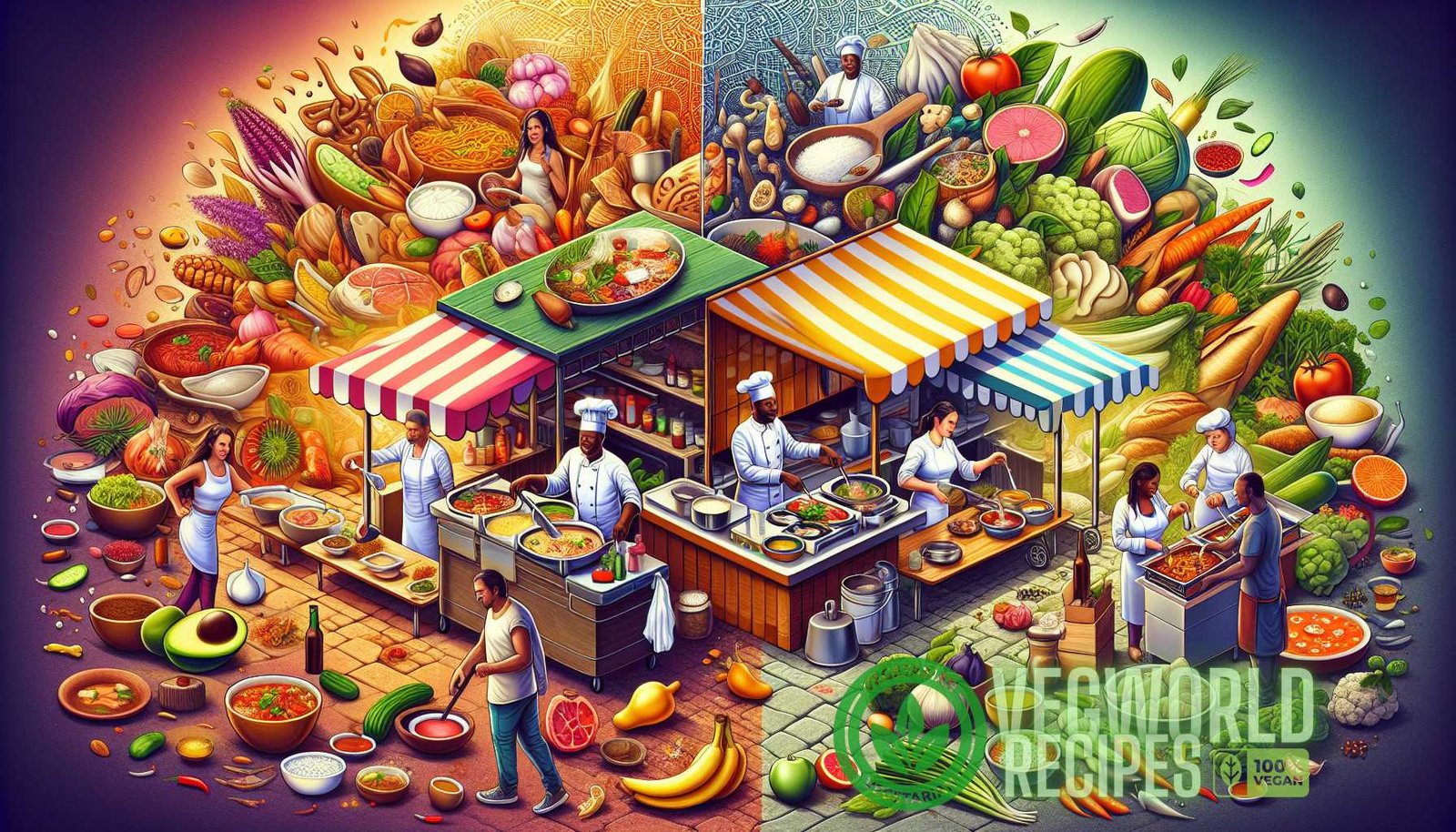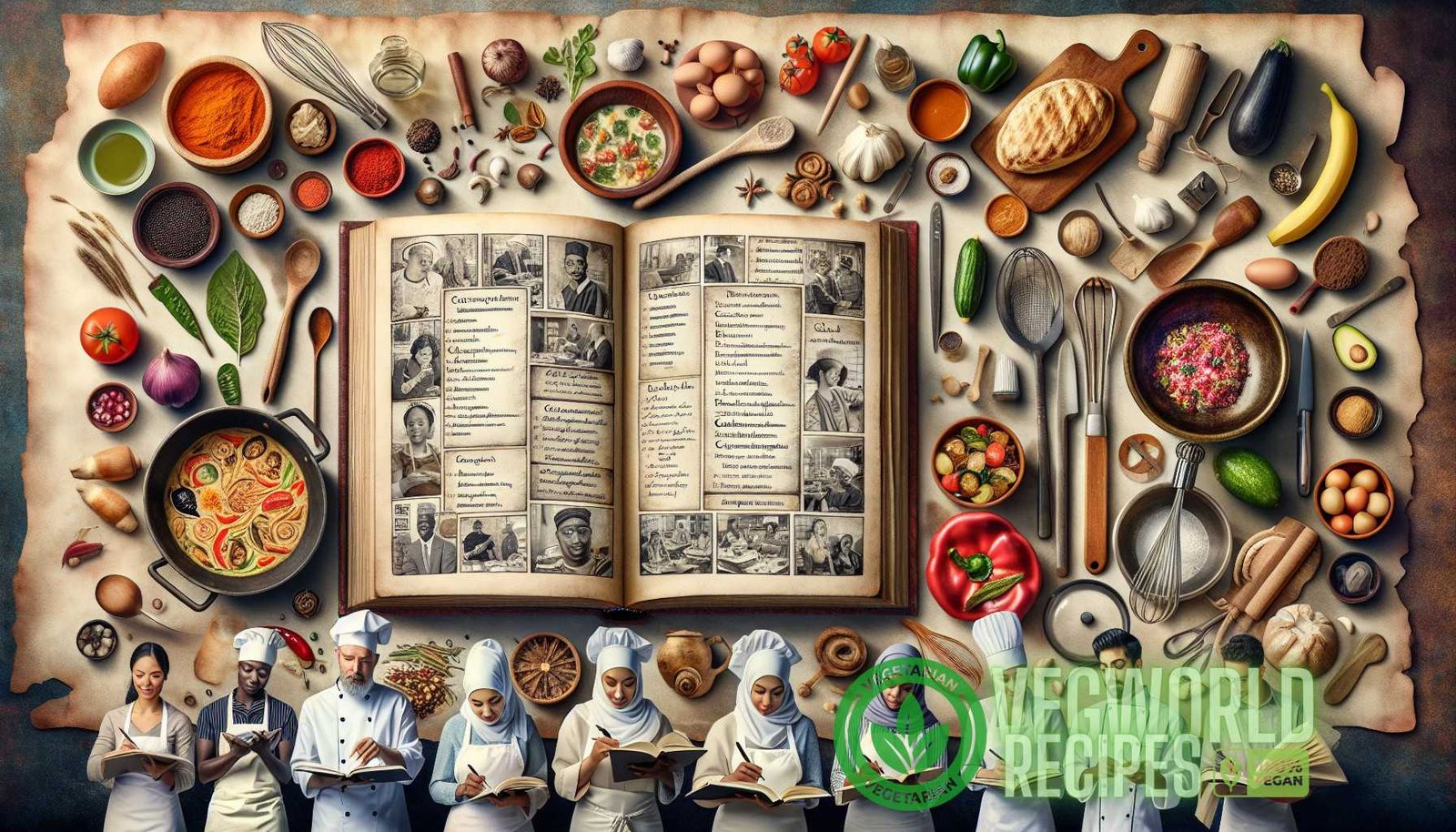Introduction
Food is not just a means of sustenance; it is a reflection of a culture and a way of life. The culinary heritage of a society tells a story of its history, traditions, and values. Every cuisine has deep roots that reach back into ancient times, but they have also evolved and adapted over the years to suit modern tastes and dietary preferences. In this guide, we will delve into the fascinating world of gastronomic traditions, exploring the ancient origins and modern adaptations of world cuisines. From the rich flavors of Indian spices to the delicate intricacies of Japanese sushi, we will unravel the cultural tapestry that makes up the diverse world of food.
Ancient Origins of World Cuisines
The culinary traditions we enjoy today have their roots in the ancient past. Throughout history, different cultures have developed unique cooking techniques, flavor combinations, and food preservation methods that have shaped their cuisines. Here are a few examples of ancient culinary traditions that have stood the test of time:
- Chinese Cuisine: Chinese cuisine is one of the oldest in the world, with a history that spans thousands of years. The staple foods of China include rice, noodles, and soybean products. Traditional Chinese cooking techniques like stir-frying, steaming, and braising have been perfected over centuries.
- Indian Cuisine: Indian cuisine is known for its rich array of flavors and spices. The ancient Indians were the first to cultivate spices like black pepper, cinnamon, and cardamom, which they traded with civilizations across the world.
- Italian Cuisine: Italian cuisine has its roots in ancient Etruscan, Greek, and Roman civilizations. The use of staple ingredients like pasta, tomatoes, and olive oil can be traced back to Roman times. Italian cuisine is characterized by its simplicity and emphasis on fresh, high-quality ingredients.
- Japanese Cuisine: Japanese cuisine is deeply rooted in tradition, with many dishes and cooking techniques passed down through generations. The use of fresh, seasonal ingredients and an emphasis on simplicity and balance are key principles of Japanese cooking.
These are just a few examples of the many ancient culinary traditions that continue to shape our modern world. The culinary heritage of each culture is a testament to the ingenuity and creativity of our ancestors.

Modern Adaptations and Global Influences
As societies have become more interconnected through trade, colonization, and migration, culinary traditions have undergone significant changes and adaptations. The blending of different cultures has given rise to new and exciting flavor combinations, as well as the introduction of foreign ingredients and cooking techniques. Here are some examples of modern adaptations and global influences in world cuisines:
- Fusion Cuisine: Fusion cuisine is a culinary trend that emerged in the late 20th century. It involves combining elements of different culinary traditions to create new dishes and flavors. This blending of flavors can be seen in dishes like sushi burritos (a fusion of Japanese and Mexican cuisines) and kimchi tacos (a fusion of Korean and Mexican cuisines).
- Vegan and Vegetarian Adaptations: With the rising popularity of plant-based diets, many traditional meat-based dishes have been adapted to suit vegan and vegetarian preferences. For example, vegetarian versions of Italian classics like lasagna and carbonara replace meat with ingredients like tofu and mushrooms.
- Globalization of Ingredients: Advances in transportation and trade have made it easier than ever to access ingredients from around the world. This has led to a globalization of flavors, with ingredients like Thai curry paste and Mexican chilies becoming pantry staples in kitchens across the globe.
- Regional Variations: Even within a single country or cuisine, there can be significant regional variations. These regional differences are often influenced by factors such as climate, geography, and local ingredients. For example, the cuisine of Northern India is known for its heavy use of dairy products, while the cuisine of Southern India is more focused on rice, lentils, and spices.
These modern adaptations and global influences have added new layers of complexity and diversity to world cuisines. They have also allowed for the exploration of new flavors and culinary techniques.
Preserving Culinary Heritage
As the world becomes more homogenized and fast food chains dominate the culinary landscape, it is important to preserve and celebrate our culinary heritage. Traditional cuisines offer a connection to our roots and a way to honor the past. Here are a few ways in which culinary heritage is being preserved:

- Documenting Traditional Recipes: Traditional recipes passed down through generations are like treasures. By documenting these recipes, we ensure that they are not lost to time and future generations can continue to enjoy them.
- Culinary Schools and Training Programs: Culinary schools and training programs play a crucial role in preserving traditional cooking techniques and passing them on to the next generation of chefs and food enthusiasts.
- Cultural Festivals and Events: Cultural festivals and events provide a platform for showcasing traditional cuisines. They offer an opportunity for people to taste and experience the flavors of different cultures.
- Sustainable Farming and Food Practices: Traditional farming and food practices often prioritize sustainability and respect for the environment. By supporting local farmers and sustainable food practices, we can help preserve traditional culinary traditions.
Preserving culinary heritage is not just about food; it is about preserving the stories, traditions, and values that are embedded in our cuisines. It is a way to celebrate our diversity and connect with our shared humanity.
In Conclusion
The world of gastronomy is a fascinating tapestry of ancient origins and modern adaptations. From the spices of India to the pastas of Italy, each cuisine tells a story of a culture and a way of life. Through the blending of flavors, the introduction of new ingredients, and the preservation of traditional recipes, our culinary heritage continues to evolve and thrive. By embracing and celebrating our diverse world cuisines, we not only satisfy our taste buds but also connect with the rich history and cultural traditions of our global community. So, next time you sit down to enjoy a meal, take a moment to savor the flavors and appreciate the culinary heritage that has brought them to your plate.
Internal Link: To learn more about cultural commixture and unique flavor fusions in world cuisines, check out this article: Unlock the Secrets of Global Cuisine: A Flavorful Guide to Cultural Commixture and Unique Flavor Fusions.
Internal Link: For a delightful vegan twist on classic Italian dishes, explore this article: Discover the Delightful Vegan Twist on Classic Italian Dishes: Vegetarian Italian Delights Unveiled.
External Link: To learn more about the rich history and cultural significance of world cuisines, you can visit the Wikipedia page on cuisine.


